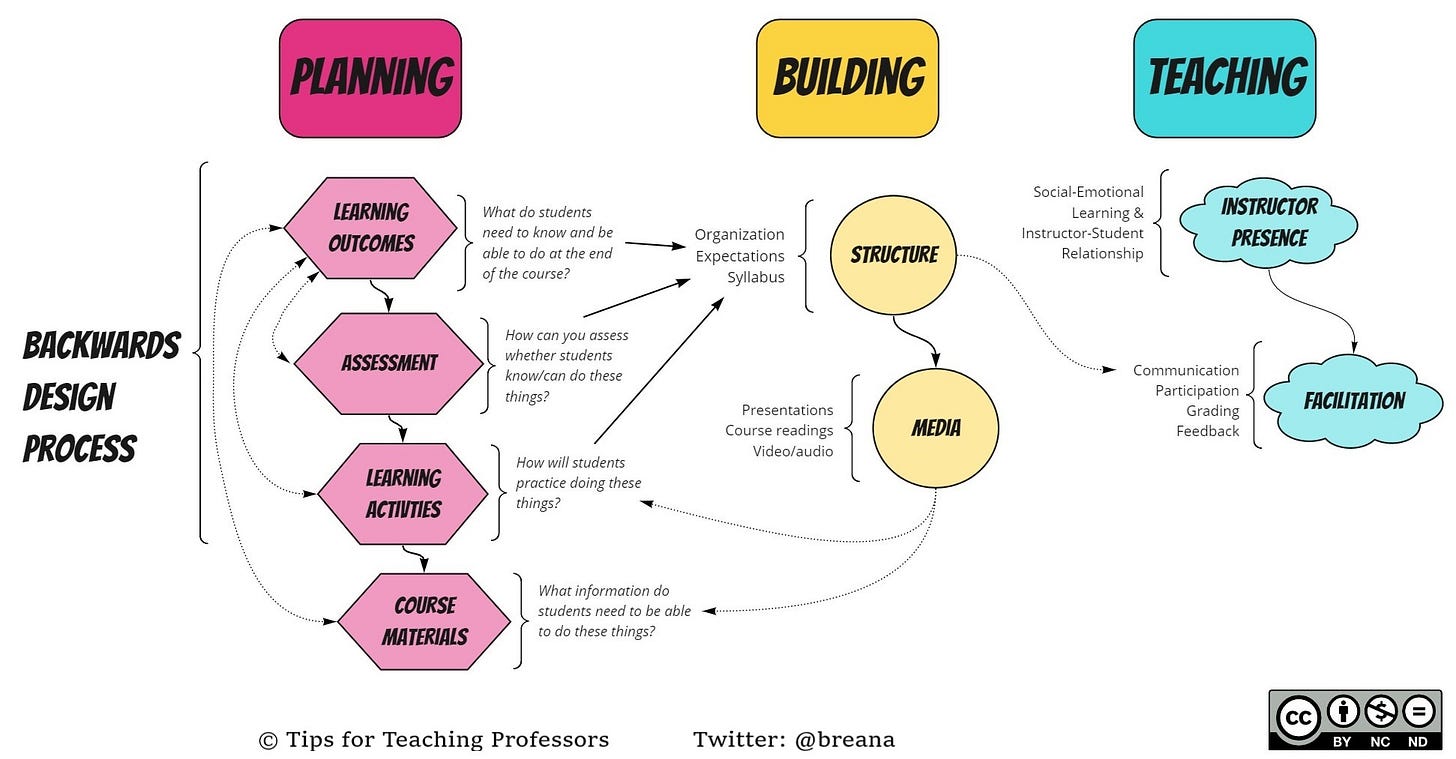MRTK standard shader
MRTK standard shader
+++++++++++++++
more on AR in this IMS blog
https://blog.stcloudstate.edu/ims?s=Augmented+reality
Digital Literacy for St. Cloud State University
+++++++++++++++
more on AR in this IMS blog
https://blog.stcloudstate.edu/ims?s=Augmented+reality
https://www.edsurge.com/news/2021-06-07-how-to-use-podcasts-in-teaching
The Second Golden Age of Audio.
++++++++++++++
more on podcasts in this IMS blog
https://blog.stcloudstate.edu/ims?s=podcast
With the pandemic boosting its videoconferencing business, Zoom more than quadrupled its annual revenue from $622.7 million to $2.7 billion in the 12 months ending January 31, 2021.
+++++++++++++++
more on Zoom in this IMS blog
https://blog.stcloudstate.edu/ims?s=zoom
An executive guide to artificial intelligence, from machine learning and general AI to neural networks.
Narrow AI is what we see all around us in computers today — intelligent systems that have been taught or have learned how to carry out specific tasks without being explicitly programmed how to do so.
General AI
General AI is very different and is the type of adaptable intellect found in humans, a flexible form of intelligence capable of learning how to carry out vastly different tasks, anything from haircutting to building spreadsheets or reasoning about a wide variety of topics based on its accumulated experience.
There are a vast number of emerging applications for narrow AI:
A survey conducted among four groups of experts in 2012/13 by AI researchers Vincent C Müller and philosopher Nick Bostrom reported a 50% chance that Artificial General Intelligence (AGI) would be developed between 2040 and 2050, rising to 90% by 2075.
Another area of AI research is evolutionary computation.
As mentioned, machine learning is a subset of AI and is generally split into two main categories: supervised and unsupervised learning.
Supervised learning
Unsupervised learning

All of the major cloud platforms — Amazon Web Services, Microsoft Azure and Google Cloud Platform — provide access to GPU arrays for training and running machine-learning models, with Google also gearing up to let users use its Tensor Processing Units — custom chips whose design is optimized for training and running machine-learning models.
It’d be a big mistake to think the US tech giants have the field of AI sewn up. Chinese firms Alibaba, Baidu, and Lenovo, invest heavily in AI in fields ranging from e-commerce to autonomous driving. As a country, China is pursuing a three-step plan to turn AI into a core industry for the country, one that will be worth 150 billion yuan ($22bn) by the end of 2020 to become the world’s leading AI power by 2030.
While you could buy a moderately powerful Nvidia GPU for your PC — somewhere around the Nvidia GeForce RTX 2060 or faster — and start training a machine-learning model, probably the easiest way to experiment with AI-related services is via the cloud.
Robots and driverless cars
Fake news
Facial recognition and surveillance
Healthcare
Reinforcing discrimination and bias
AI and global warming (climate change)
+++++++++++++
more on AI in this iMS blog
https://blog.stcloudstate.edu/ims?s=artificial+intelligence+education
Teachers and administrators from pre-K through 12th grade named these tools their top picks for this year and beyond.
https://www.edutopia.org/article/10-teacher-picks-best-tech-tools
the responses of 1,461 virtual learning academy participants—pre-K to 12 teachers and administrators—to survey questions on impactful tools that I conducted from May to December 2020, and over 70 webinars and virtual learning sessions, these are the top teacher-tested tech tools I have identified.
10. Parlay, https://parlayideas.com/
9. Flipgrid
8. Edpuzzle
7. Pear Deck
6. Prezi
5. Screencastify, https://www.screencastify.com/
4. Mural, https://www.mural.co/
3. Gimkit, https://www.gimkit.com/
2. Mentimeter and Slido. https://www.sli.do/, https://www.mentimeter.com/
1. Learning management system: Canvas and Schoology, Google Classroom
+++++++++++++++++
more on ID in this IMS blog
https://blog.stcloudstate.edu/ims?s=instructional+design
In what is currently a fragmented regulatory and standards landscape internationally, the EU has taken strongest interest in IoT, but from a competition perspective. The EU Commission is investigating competition questions related especially to the three dominant voice-assistants (Alexa, Google Assistant, Siri), a node for issues of data privacy and interoperability. Its recently released report hardly mentions security.
+++++++++++++++++
more on IoT in this iMS blog
https://blog.stcloudstate.edu/ims?s=internet+of+things
++++++++++++++++++++++
more on ID in this IMS blog
https://blog.stcloudstate.edu/ims?s=instructional+design
Call for Chapters:
Inspiring Change: Lessons for Leaders about Large-Scale Technology Implementation
https://drive.google.com/file/d/10N-_8rwPnpmtkJu1q2Cs-BuyDs0s6bw3/view
Through storytelling and narrative case studies, this book proposes to provide evidence-based practices, practical strategies, administrative considerations, and management tools for K12 and post-secondary school leaders charged with implementing technology at scale. It intentionally takes a broad view across all education levels to tell stories about how large-scale technology implementations might inspire systemic changes and new collaborations. In order to do so, this book proposes to include diverse voices and perspectives representing K12 and post-secondary institutions with the goal of facilitating equitable, sustainable technology access for learner success.
++++++++++++++++++++
More on ED Leadership and Technology in this IMS blog
https://blog.stcloudstate.edu/ims?s=edad+technology
https://higheredpraxis.substack.com/p/tip-planning-by-design
The idea of backwards design has been around for several decades, starting with Understanding by Design, published in 1998 by Grant Wiggins and Jay McTigue.

+++++++++++++++++